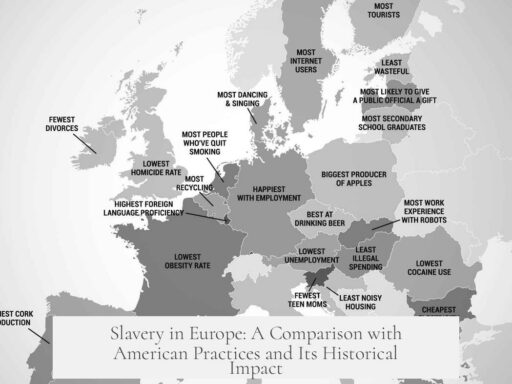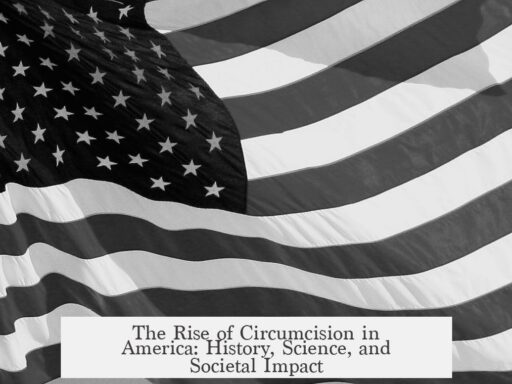On September 11, 2001, President Bush was reading ‘My Pet Goat’ to a group of children at Emma E. Booker Elementary School in Sarasota, Florida, when he was informed that the first plane had struck the World Trade Center. After being told, he continued to finish the story before moving on to respond to the unfolding crisis.
The children present that morning have since grown into adults. The group consisted of second-grade students who were around seven or eight years old at the time. Over the years, very few have publicly shared detailed accounts of their feelings or perspectives about experiencing that moment in history firsthand.
Most information about the children comes from media reports focusing on President Bush’s response rather than the children themselves. Interviews with some former students indicate a general awareness of the 9/11 attacks’ gravity as they grew older. Many recognize the unique historical significance of having been present during that moment but often describe no lasting trauma directly connected to the event.
Some former students recall the atmosphere in the classroom as calm and focused, reflecting on how adults managed the situation professionally. They also noted how their teachers quickly shifted into crisis mode after the reading ended.
There is no comprehensive public record of detailed personal statements or reflections from all the children. However, occasional interviews suggest a mix of curiosity, retrospective understanding, and the recognition that they were part of a historic scene. Many view their presence during that period as an unusual but formative experience in their lives.
Researchers and journalists have taken more interest in President Bush’s actions than in the children’s subjective experiences. Thus, direct, extensive accounts from the children remain limited.
- The children present during the reading are now adults, mostly maintaining private lives.
- Few have publicly commented extensively on their feelings about that day.
- Available accounts show they grew up understanding the historical importance of the moment.
- The reading incident is often discussed more in relation to President Bush’s leadership.
- No evidence indicates lingering trauma among the children from the event.
Remembering “My Pet Goat” on 9/11: Where Are the Kids Now and How Do They Feel?
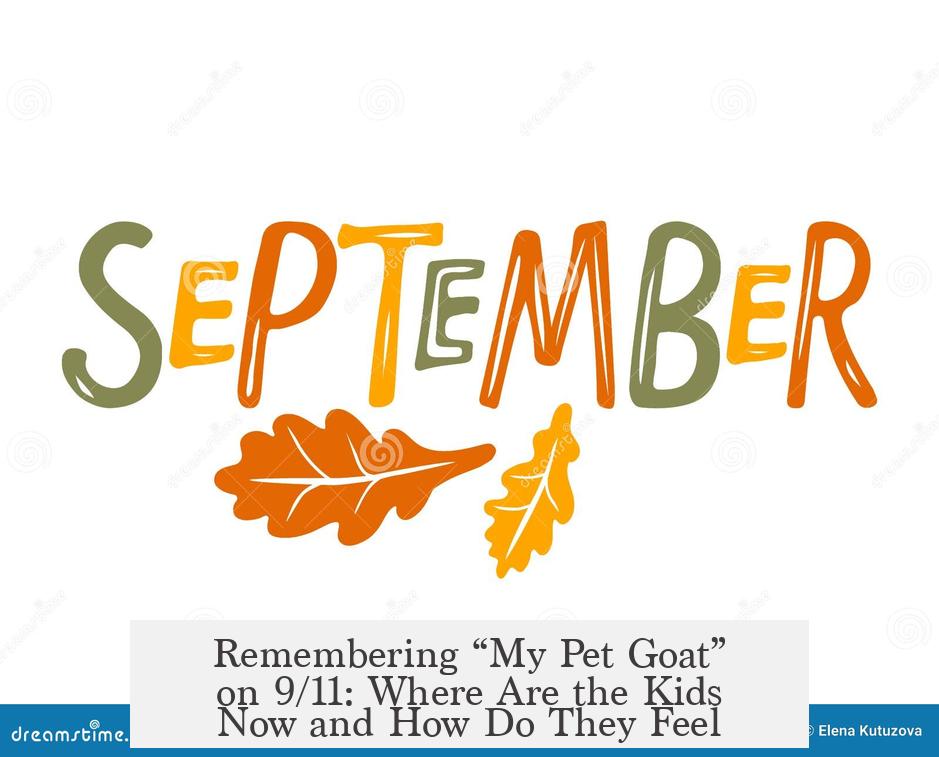
Picture this: It’s a quiet morning on September 11, 2001. President George W. Bush is sitting in a Florida elementary school classroom, reading My Pet Goat with a group of second graders. Suddenly, someone rushes in with breaking news—an airplane has hit the World Trade Center. Despite the chaos beginning just outside the door, Bush calmly finishes reading the story to the kids before springing into action.
This moment froze in time, but what about the children sitting there? They are grown now. What do they think about that day? How do they really feel about being part of one of the most scrutinized images in American history?
The Scene: Bush and the Children During a National Crisis
The President was visiting Emma E. Booker Elementary School in Sarasota, Florida. The children, mostly second graders, were gathered around, hearing the president read. The picture of Bush, sitting on the floor, surrounded by those wide-eyed kids, became a defining snapshot of 9/11.
At the moment the news arrived, Bush was handed a note revealing the tragic news. However, he stayed for nearly seven more minutes, finishing the reading session before excusing himself. To some, this seemed calm and focused; to others, it appeared detached or slow in response.
Those Kids? They Are Not Kids Anymore.
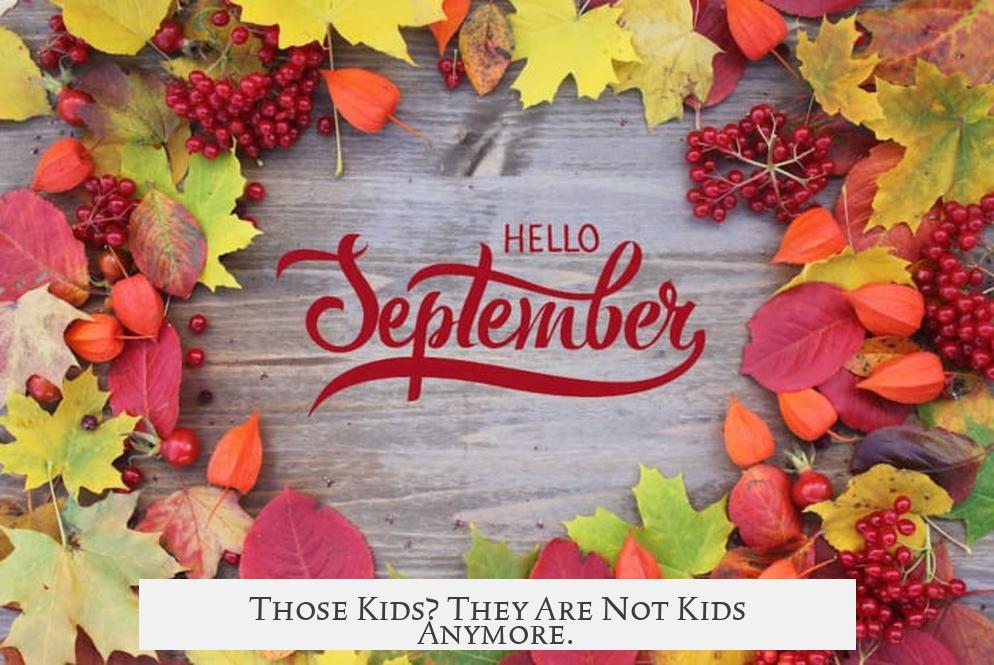
Flash forward two decades: those same children have grown into adults. But what do they have to say about their unique place in history? Are they open about their memories? Do they feel their childhood was overshadowed by the trauma of that day? Surprisingly, there’s little public information or firsthand accounts from the children themselves. Why?
Most of these children, now adults in their late 20s or early 30s, have moved on from that intense moment. Their experience, while part of history, is but a snapshot in the vast stories of their lives. It’s a strange legacy — being forever linked to a giant historical event while also just being kids trying to learn and grow.
What We Know About Their Views (Or Lack Thereof)
Despite the massive media attention that morning, the specific feelings of those children have seldom been publicly shared. This could be for many reasons:
- Privacy: Many families prefer keeping such personal memories private, especially given the traumatic context.
- Childhood vs. History: For kids, it might have just been an odd school day rather than a moment they fully understood.
- Focus on Moving Forward: Most have likely aimed to separate their personal growth from the media frenzy surrounding that day.
There have been a few interviews with teachers and staff who recall how the children seemed bewildered but resilient. It serves as proof that while adults viewed the moment with the gravitas of national tragedy, children often perceive events on a different scale.
Why Does This Moment Matter Beyond the Politics?
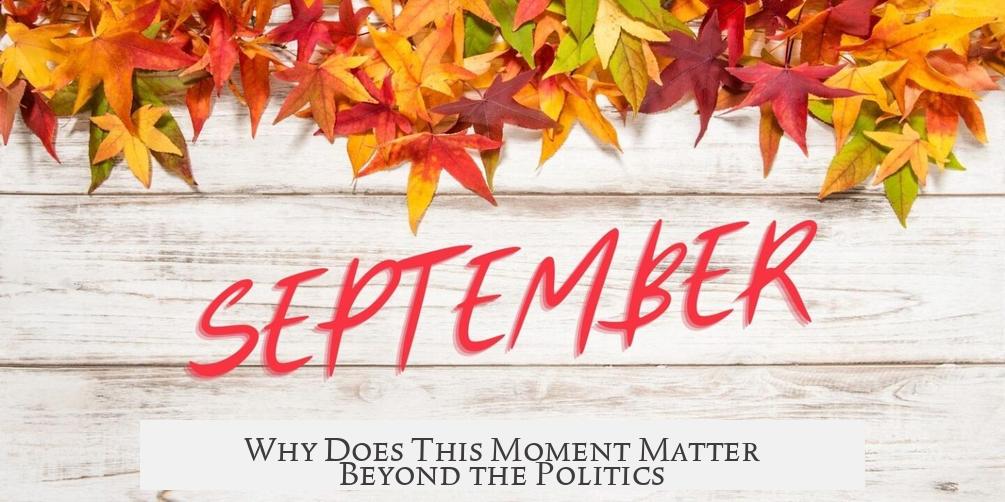
My Pet Goat reading isn’t just a quirky footnote or a meme ripe for debate about presidential response times. It’s a powerful symbol of innocence confronted unexpectedly by tragedy. The children’s presence grounds the huge geopolitical crisis in real life, in real-time, with real kids. Their thoughts, if ever shared, could offer valuable insight into how national trauma affects the youngest witnesses.
Imagine if we knew their perspectives—how would their memories inform our understanding of resilience? Would they view President Bush’s calmness as comforting or confusing? These questions highlight why personal stories matter in historic narratives.
What Can We Learn From This Now?
For educators, parents, and leaders, the experience of those kids underscores the importance of how we communicate during crises. Children absorb information differently. They need reassurance, clarity, and compassion as much as anyone else. It’s a reminder to think about the youngest voices when dealing with public trauma or historic moments.
Today, these once-second graders are navigating adult life. Some may carry vague memories tinged with confusion, others none at all. But the legacy of that morning whispers to us: history isn’t just dates and politics. It’s deeply personal, touching even the smallest lives in the classroom.
So, how do those kids feel about all that?Probably a complex mix of:
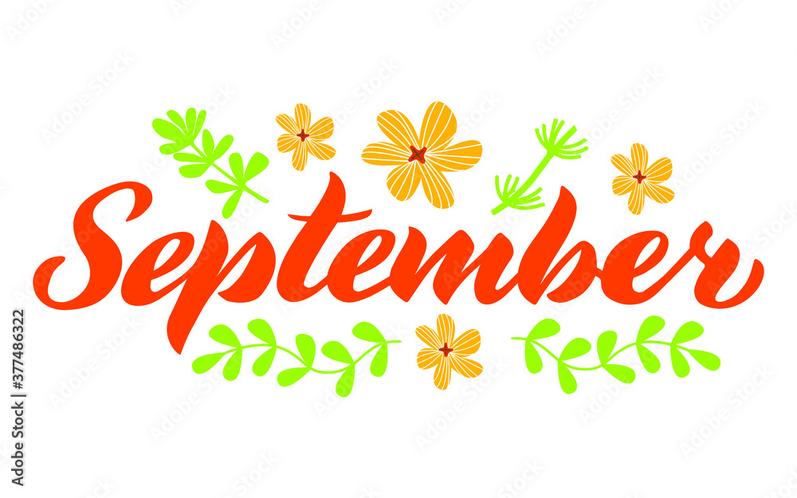
- Awe at the magnitude of what happened that day
- Curiosity about their unique place in history
- A desire for privacy from the public eye
- Hope that they can build futures beyond that moment
Without direct testimony, it’s tough to say for sure. But their story invites us to reflect on the human faces behind history’s headlines.
“Being remembered not just as kids in a classroom, but as witnesses to history, is a big thing to carry,” says a former teacher who was there that day. “They were brave without knowing they had to be.”
Final Thoughts: The Power of Memory and Growth
As time passes, those children have become adults with their own experiences, careers, and stories. The historic photograph of President Bush reading My Pet Goat might forever tie them to 9/11 in the public’s mind, but their own feelings remain mostly their own.
What lessons can we take away? History is lived not just through leaders and events, but through the eyes of children thrust into unexpected turmoil. Their perspectives, quietly shielded, remind us that resilience often grows in silence.
Have you ever thought about how children in the middle of big historical events process those moments? What can their stories teach us today?
Q1: Who were the children present with President Bush during the reading of “My Pet Goat”?
The children were a group of second graders visiting the classroom in Florida. They were part of a small class hearing a reading session when the attacks began.
Q2: Have any of the children spoken publicly about their experience on September 11?
There are few public accounts. Most children have not widely shared detailed feelings or reflections about that day in recent years.
Q3: How do we know what the children felt during or after the event?
Most insights come from occasional interviews or reunions. However, detailed feelings remain private or have not been extensively documented.
Q4: Did finishing “My Pet Goat” affect how President Bush responded to the news?
President Bush completed the reading before reacting. It was a brief moment, but it allowed him to stay composed before addressing the situation.
Q5: Are there any reunions or follow-ups with the children now grown up?
Some have participated in documentaries or interviews, but comprehensive reunions or detailed follow-ups are rare and limited in public records.

